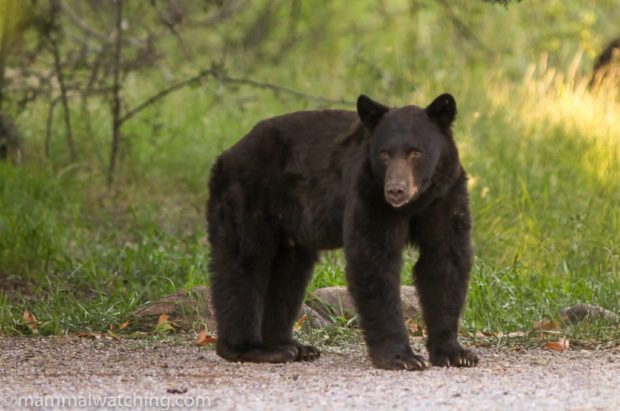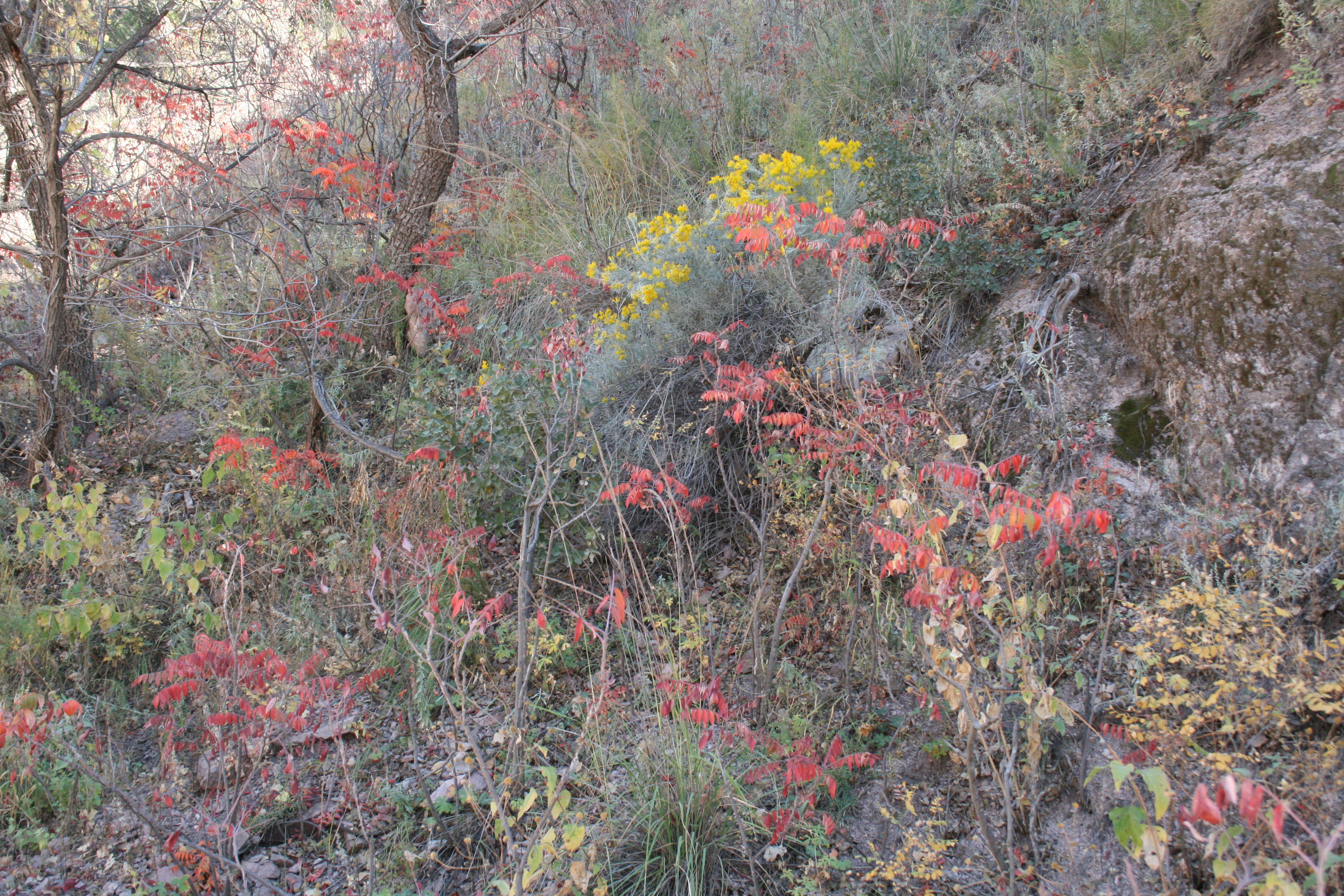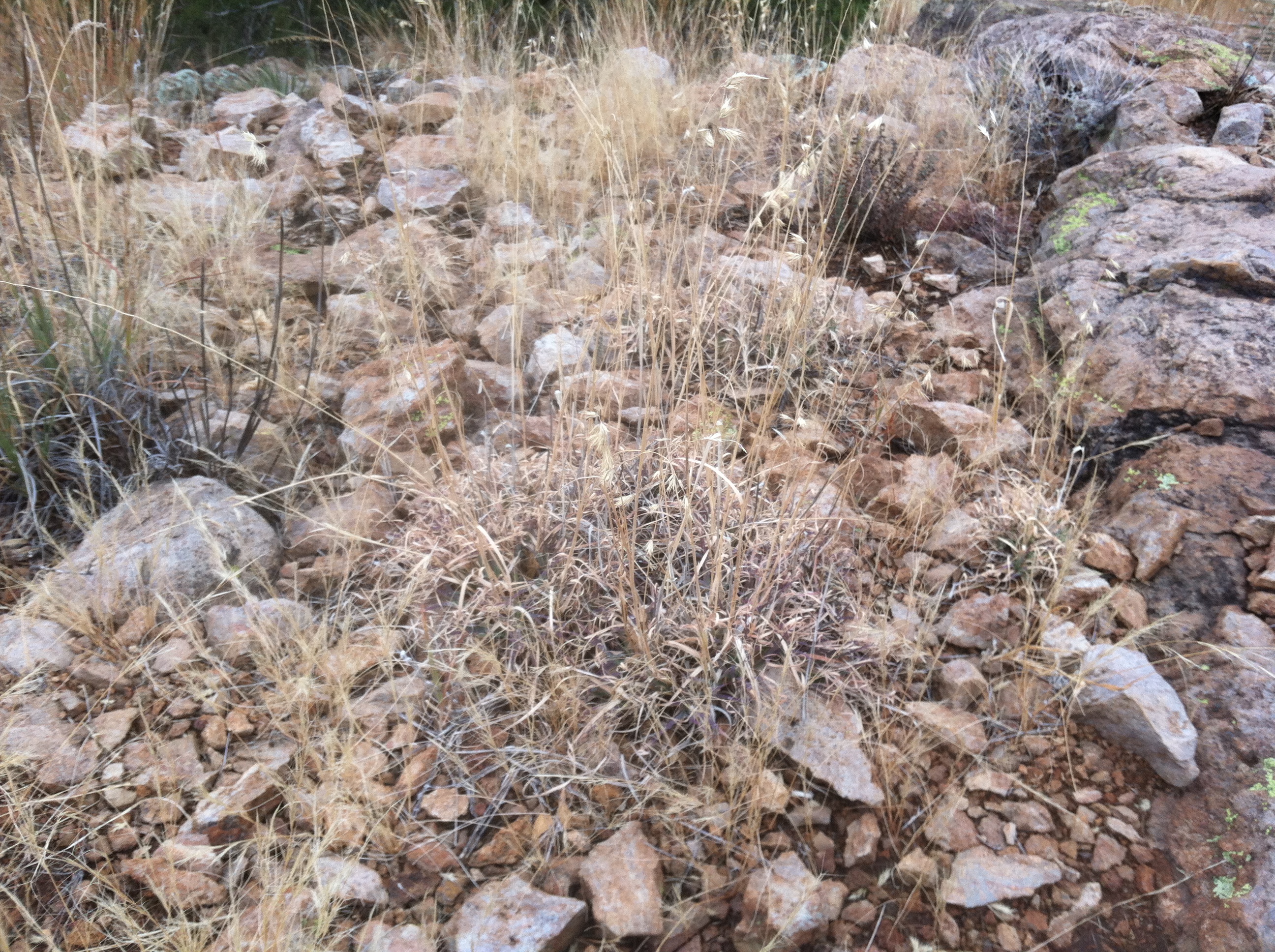Black bears are Ursus americanus and they are found in much of North America. In Arizona they are found in the eastern half of the state from north to south in mountainous areas. I feel fortunate to have seen black bears many times over the years and all have been good experiences, though every year one reads about bears that have lost their fear of humans and can be very threatening and dangerous. In Cochise County large fires in the Chiricahua and Huachuca Mountains in recent years drove bears out of the burned hills in desperate search of food in rural and urban settings leading to many human/bear encounters. We had a bear come to our place after the Horseshoe 2 Fire in the summer of 2011. It wanted to dine on our chickens and who can blame it, but luckily the ruckus raised by our dogs scared it off. Later we followed its human-like tracks (back feet) in the stream bed of the Ol’ Guajolote and figured it came down that riparian corridor from the mountains in search of food.
My old edition of Hortus Third (well, there are no new editions) says there are around 70 species of junipers (Juniperus spp.) found all over the world in the Northern Hemisphere. Where I grew up in Kentucky we had Juniperus virginiana in thickets growing in the bottom lands near creeks and rivers. And yes, we called them cedars. Here in Arizona we have 7 species and the black bears, not to mention other wild critters, love the berries, technically the cones, of all the junipers. It was, by the way, the botanist Richard Felger who told me years ago, after I told him of my seed gathering in the Galiuros, that I was probably collecting J. coahuilensis in that range.

Across their range black bears can be other colors than black, not rainbow unicorn like, but blue-gray or brown, or cinnamon. The photos are not mine. I forget where I got the one of the bear sitting up its haunches…public domain, I hope. The other photo is from a nifty site called mammalwatching.com. You might enjoy it. I love the stance of the bear. Looks at those feet. The marvelous word plantigrade comes to mind.

Petey takes a drive into the hills near his home to see spectacular fall color of the local sumacs.

Petey jabbers on and on about some native bunch grasses. Fall is certainly the time to get out and visit the vast grasslands in...

There are 13 species of oaks found in Arizona and they range from 3,000 to 8,000 feet in elevation across the state. The only...